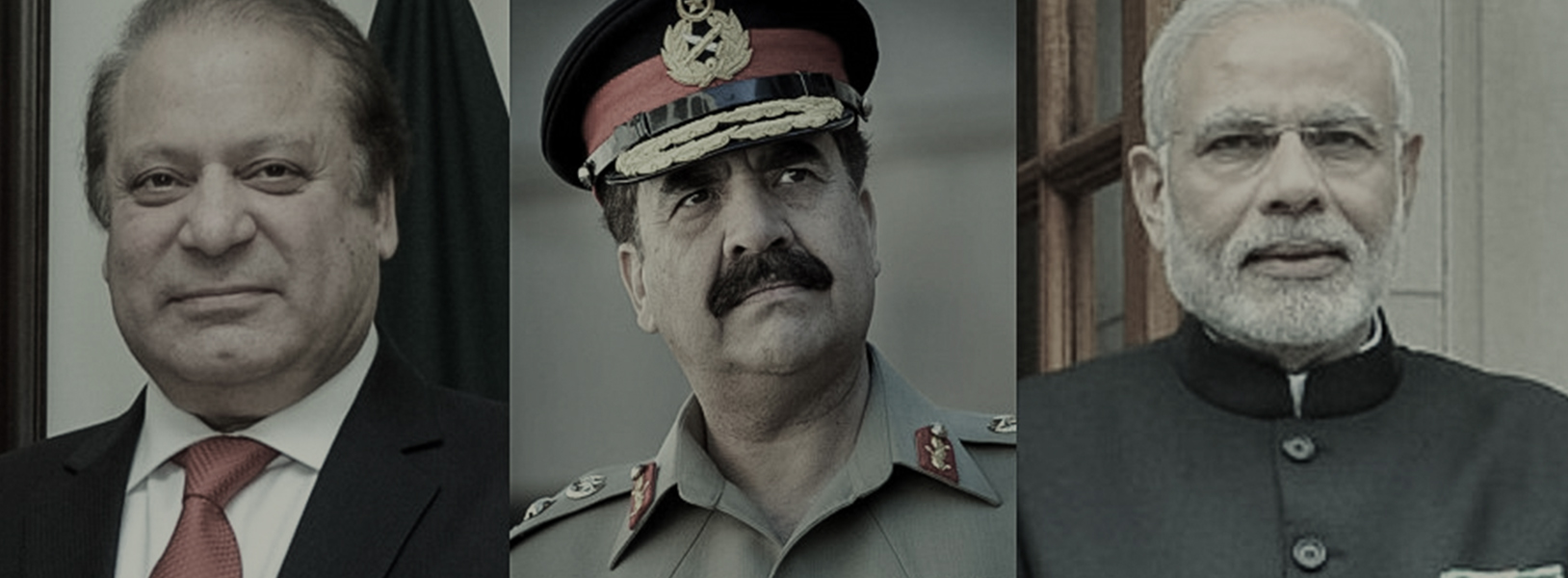
CPR FACULTY G PARTHASARATHY UNPACKS THE CONTEXT AND THE ROAD AHEAD
INDIA-PAKISTAN POLITICS SOUTH ASIA
On April 14, you wrote in The Indian Express that imaginative diplomacy alone is not enough to deal with the Pakistan army. Can you elaborate on this more, especially drawing on your own experience as a former Indian High Commissioner in Pakistan?
The answer to your query on why imaginative diplomacy alone will not be enough to deal with State sponsored terrorism can be illustrated in two examples. First, with the advent of General Zia ul Haq as President in 1977, Pakistan adopted a conscious policy of subverting sections of the population from (Indian) Punjab. This occurred regularly during the visits of Sikh pilgrims there, which led to their training disaffected youth in terrorism. Pakistan also started a worldwide campaign to mobilise disaffected Sikhs living abroad for the cause of “Khalistan” (an independent Sikh Homeland).
This situation continued till the mid 1990s. This serious situation was not resolved through diplomacy alone. Matters were ultimately sorted out when India took effective political action by holding elections in Punjab, and the State police dealt with the terrorist issue. In the meantime, world powers like the US and UK were persuaded to pressurise Pakistan to end its support for violence and terrorism in Punjab.
The second instance is the intrusion across the Line of Control in Jammu and Kashmir, by Pakistani forces in Kargil in 1998-1999. This carefully planned intrusion would have continued had India’s military action not forced the intruders from Pakistan’s Northern Light infantry, to vacate areas they had occupied, in violation of the letter and spirit of the Simla Agreement.
In the meantime, effective diplomacy ensured that we persuaded the international community that Pakistan had endangered peace and security by its actions. Facing diplomatic isolation and military disaster, Prime Minister Nawaz Sharif had to rush to Washington to ask President Clinton to bail him out of a humiliating situation. Mr Sharif was compelled to agree in Washington that he would withdraw his intruding forces and respect the sanctity of the Line of Control. The whole exercise was a military and diplomatic fiasco for Pakistan, and required decisive military action, together with astute diplomacy.
In a second article titled The General, the “Spy”, and no talks with India, you have called the Pakistan Army Chief General Raheel Sharif the most ‘destabilising’ factor in the subcontinent and the reason why the Pathankot joint probe process fell through. In these circumstances, what is the road ahead for Prime Minister Modi, who made imaginative and bold moves in reaching out to Nawaz Sharif personally?
Pakistan realised that Mr Modi’s visit to Lahore had turned global opinion in India’s favour, since the world saw PM Modi’s visit as reflecting a genuine desire for resolving issues and living at peace with Pakistan. The Pathankot attack happened immediately after the visit. It was seen by the world as being entirely unacceptable and contrary to Pakistan’s protestations of being desirous of good relations with its neighbour. But is this diplomatic gain for India going to get Pakistan to end sponsorship of terrorism and resolve issues with India peacefully through bilateral negotiations? The answer is no.
As I have written in my article, the Pakistan army will wait for the world to forget what happened in Pathankot, in the same way as memories of the Mumbai attacks faded with the passage of time. I have little doubt that once the snows melt in July, infiltration across the Line of Control will again pick up.
In such a scenario, the road ahead for Mr Modi is to continue with diplomatic engagement with Pakistan to assess if there are any signs of Pakistan being prepared to end its support for terrorism. We also need to monitor the evolving political situation within Pakistan. The Pakistan army is going to have difficulties in sustaining its current stance toward India, given that it is fighting a battle with its own people in all four provinces of the country, including Punjab, which is the political base of Prime Minister Nawaz Sharif. This is going to lead to internal contradictions within Pakistan. India must be prepared to take advantage of that situation.
Lastly, would you like to comment on the road ahead for Pakistan?
My sense is that Pakistan is going to face more trouble on its border with Afghanistan than on its border with India. The Taliban leadership that the ISI has stitched together under Mullah Mansour is going to extend and expand its military actions within Afghanistan. The tribal areas in Pakistan bordering Afghanistan will becomes increasingly troubled and violent. This will become a morass into which the Pakistan army will be drawn, ever deeper.
The Pakistan army will become more preoccupied in dealing with developments on its borders with Afghanistan rather than its eastern borders with India. And with President Obama categorically stating that American troops will not be withdrawn from Afghanistan this year, the Afghans can be expected to hold their own against the Pakistan backed Taliban. We can only hope that the more costly their adventure on the Afghan border turns out to be, the more likely the Pakistan army will be to see reason, on the Indian border.


